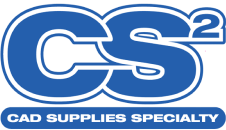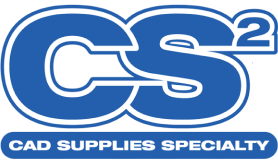
PVC (Polyvinyl Chloride) is the standard material used for most types of vinyl in wide-format printing, signage, and graphics production. PVC is popular due to its flexibility, durability, and cost-effectiveness, making it ideal for applications like vehicle wraps, banners, decals, and window graphics.
Why PVC is Standard for Vinyl:
Durability:
- PVC vinyl is highly durable, resistant to weather, UV light, and moisture, making it perfect for both indoor and outdoor use. This is crucial for applications like vehicle wraps and outdoor signage that must withstand the elements.
Flexibility:
- PVC vinyl is flexible enough to conform to different surfaces, including flat, curved, and textured surfaces. This makes it ideal for wraps, stickers, and other adhesive applications that require flexibility during installation.
Printability:
- PVC vinyl works well with a variety of inks, including solvent, eco-solvent, latex, and UV inks, ensuring vibrant and long-lasting prints. Its smooth surface allows for excellent ink adhesion and color accuracy.
Cost-Effective:
- Compared to other materials, PVC is relatively affordable, making it an economical option for a wide range of projects, from promotional banners to high-end vehicle wraps.
Versatility:
- PVC vinyl can be manufactured in different finishes, such as gloss, matte, satin, and luster, and can be coated with laminates or adhesives for specific purposes (e.g., vehicle wraps, window perf, or wall decals).
Common Uses of PVC Vinyl:
- Vehicle wraps
- Window graphics
- Floor decals
- Banners and signage
- Wall murals
- POP displays
While PVC is the standard for most vinyl applications, some specialized projects may use alternative materials, such as polyester (PET) or polypropylene (PP), depending on the requirements for strength, environmental impact, or recyclability. However, PVC remains the dominant choice for its proven performance and adaptability.


